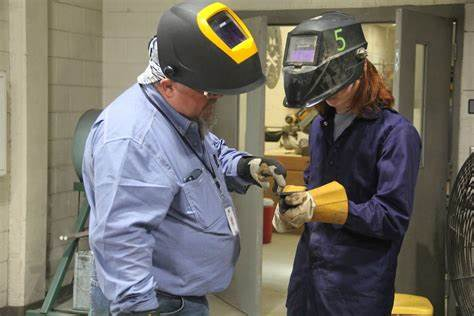Quick Thoughts on the Week 1 Readings
Bruns, A. (2008). The future is user-led: The path towards widespread produsage. Fibreculture Journal, 11.
This ties directly into my thoughts about users forming bubbles. The thing that makes it so different these days is the use of algorithms that help keep users in the bubble. These bubbles used to be by choice - now most people have feeds that spit bubble content back at them.
Dennen, V. P. (2020). A brief overview of key concepts for EME6414.
This was a nice overview of some concepts I had some background knowledge on. Looking at my old (2016) blog posts when I was in a similar course, the pace of change is so rapid that it's hard to keep up. These concepts and networks are so fluid and constantly changing. It seems difficult to draw conclusions on what they are and how people use them because both ends of the equation keep changing. Even just looking at K-12 classrooms, the technology used in them is equivalent to college classroom technology now, yet all the students are on many of the same Web 2.0 platforms now.
Kietzmann, J. H., Hermkens, K., McCarthy, I. P., & Silvestre, B. S. (2011). Social media? Get serious! Understanding the functional building blocks of social media. Business Horizons, 54(3), 241-251. doi: 10.1016/j.bushor.2011.01.005
Really like the concept of the "Triple Revolution." Social networks, the internet, and the mobile revolution. All three combined are creating so many new ideas, and introducing so many new variables for us as humans. Somebody with a mobile camera and a social network can cause as much damage as a multi-million dollar campaign. The mobile revolution can save lives and ruin lives within a few minutes.
Kietzmann, J. H., Hermkens, K., McCarthy, I. P., & Silvestre, B. S. (2011). Social media? Get serious! Understanding the functional building blocks of social media. Business Horizons, 54(3), 241-251. doi: 10.1016/j.bushor.2011.01.005
The honeycomb model is an interesting way at looking at online connections and identities. The whole article got me thinking. This is the most connected era ever, yet people are the most lonely and unhappy they've ever been in quite some time. How do we translate this correlation into changes we can make on an individual level? Online connecting is easy. In-person connecting is hard. We are all using the easy route because as humans, we can't help choosing the path of least resistance.


Comments
Post a Comment